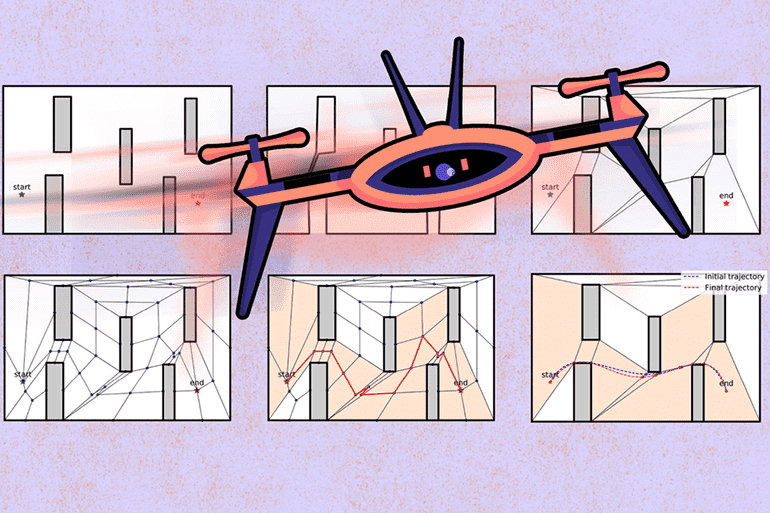A team of researchers from the University of Zurich has developed a versatile and cutting-edge framework known as “Agilicious” that incorporates a ground-breaking configuration of a software and hardware model. The model aims to enhance the agility of unmanned aerial vehicles and improve their functional capabilities. Autonomous and unmanned aerial vehicles (UAVs) have a lot of practical applications in today’s world, from traffic management systems to emergency response handlers. They are also being used in surveillance activities and tracking different trajectories.

The proposed framework, “Agilicious,” is basically focused on a specific class of UAVs known as “quadrotors,” which operate on a four-rotor system. Through their specially designed software and hardware features, the quadrotors can easily be programmed to avoid all kinds of obstacles and monitor their trajectories. According to the researchers, “By open-sourcing Agilicious, we provide the research and industrial community access to a highly agile, versatile, and extendable quadrotor platform.”
It is important to note that the Agilicious model is equally effective when used in “actual flights and virtual simulations”. There is no doubt about the agility of quadrotors, but to enhance it even further, researchers have come up with Agilicious, which will not only integrate the adaptive control and tracking trajectories but will also equip these quadrotors with “real-time perception” and “flight planning skills”.

The most interesting thing to note is that this already sophisticated platform is also provided with an astonishing feature, i.e., the NVIDIA Jetson TX2. This component uses an AI-based energy reservation system to carry out sophisticated and complex computational problems that will ultimately make its hardware part more improvised.
To test the practicality of actual flight conditions, the researchers conducted an experiment in which the quadrotors were incorporated with the Agilicious system and made them run at a high speed of 30 to 43 mph (50 to 70 kph), and the results were incredible. It has been deduced that the agility in these UAVs was at its best and they also executed the system of “motion capturing trajectory tracking”. Researchers also tested the framework for virtual simulations and found out that in both cases, the aim of avoiding obstacles and a real-time response was accomplished.

The study regarding this model was conducted by a researcher named Phillip Foehn et al. The research paper stated, “Agilicious offers a unique quadrotor testbed to accelerate current and future research on the fast autonomous flight. Its versatility in both hardware and software allows deployment in a wide variety of tasks, ranging from exploration or search and rescue missions to acrobatic flight.”
The researchers said that through this technology, not only quadrotors but also other types of unmanned aerial vehicles can be operated as well. By all means, the technology is going to be highly practicable for future innovations.


